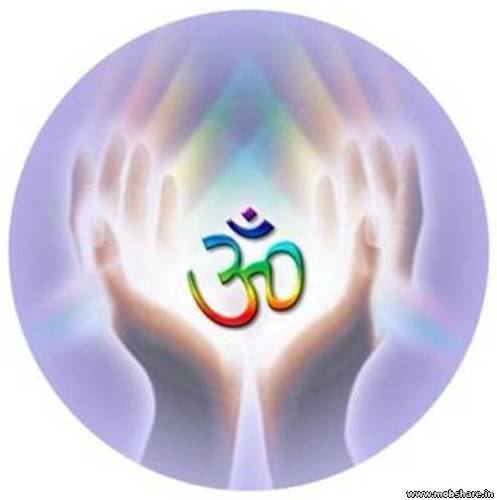Friday, March 5, 2010
Ancient Traditions Alive, For Now, at the Kadavallur Sri Rama Temple , INDIA
Source: http://beta.thehindu.com/arts/article108634.ece
March 05,2010
KERALA, INDIA, February 24, 2010: Kadavallur is a small village in Thrissur district of Kerala, where an age old Sri Rama temple shines as a perfect example of all traditions of Kerala. The existence of this temple the 10th-11th century is attested by a Vattezhuthu record inscribed on a stone on the base of the enclosure. Like all temples of Kerala the main tower is of the sloping roof variety with two enclosures and an impressive entrance tower.
The main deity made of stone inside the sanctum is a four-armed Vishnu who is worshipped as Sri Rama as in many other Kerala temples. Encircling the main shrine is a tiled enclosure with an entrance having two wings, one on the South is important as it is called Koothambalam, the one on the other side is where spectators sit. At the rear-end of the Koothambalam is placed a huge pot-drum (Kuda-mizha) on a wooden pedestal. It resembles many such drums portrayed in all the famous murals of the region, figured in the scenes of Dancing Siva, the player being Nandikesvara, who learned dance from Siva.
The temple was also the repository of a rare tradition of Vedic learning. Vedic experts belonging to two schools called Yogams (Thirunavay yogam and Thrissur yogam) meet for ten days annually in the temple, and examine each other by challenging them to recite from any part of the entire Veda which they chose. It is not mere reciting the hymns from memory but splitting the words of the texts in order, without mistake for nearly one hour. After one party finishes the other party challenges them by giving another part. It is a remarkable test called “Anyonyam.” A challenge to the command over the whole Vedas and precision with which they learnt them, it is nearly a 4,000-year old tradition that has survived only here in the whole of India.
Unfortunately this unique system now faces extinction. It has not attracted the attention of UNESCO which has taken measures to preserve Buddhist oral chanting. Out of the two surviving schools one has been closed down and the other at Thrissur is managing to survive. However, the Temple remains serene as the worship starts very early morning at 4 a.m. where men, women, and children throng to the temple after early bath in local temple tank to witness the morning puja. In the morning ritual called “Sri Bali” the decorated temple elephant leads the procession to the music of the Panchavadya.
March 05,2010
KERALA, INDIA, February 24, 2010: Kadavallur is a small village in Thrissur district of Kerala, where an age old Sri Rama temple shines as a perfect example of all traditions of Kerala. The existence of this temple the 10th-11th century is attested by a Vattezhuthu record inscribed on a stone on the base of the enclosure. Like all temples of Kerala the main tower is of the sloping roof variety with two enclosures and an impressive entrance tower.
The main deity made of stone inside the sanctum is a four-armed Vishnu who is worshipped as Sri Rama as in many other Kerala temples. Encircling the main shrine is a tiled enclosure with an entrance having two wings, one on the South is important as it is called Koothambalam, the one on the other side is where spectators sit. At the rear-end of the Koothambalam is placed a huge pot-drum (Kuda-mizha) on a wooden pedestal. It resembles many such drums portrayed in all the famous murals of the region, figured in the scenes of Dancing Siva, the player being Nandikesvara, who learned dance from Siva.
The temple was also the repository of a rare tradition of Vedic learning. Vedic experts belonging to two schools called Yogams (Thirunavay yogam and Thrissur yogam) meet for ten days annually in the temple, and examine each other by challenging them to recite from any part of the entire Veda which they chose. It is not mere reciting the hymns from memory but splitting the words of the texts in order, without mistake for nearly one hour. After one party finishes the other party challenges them by giving another part. It is a remarkable test called “Anyonyam.” A challenge to the command over the whole Vedas and precision with which they learnt them, it is nearly a 4,000-year old tradition that has survived only here in the whole of India.
Unfortunately this unique system now faces extinction. It has not attracted the attention of UNESCO which has taken measures to preserve Buddhist oral chanting. Out of the two surviving schools one has been closed down and the other at Thrissur is managing to survive. However, the Temple remains serene as the worship starts very early morning at 4 a.m. where men, women, and children throng to the temple after early bath in local temple tank to witness the morning puja. In the morning ritual called “Sri Bali” the decorated temple elephant leads the procession to the music of the Panchavadya.
Subscribe to:
Post Comments (Atom)





No comments:
Post a Comment